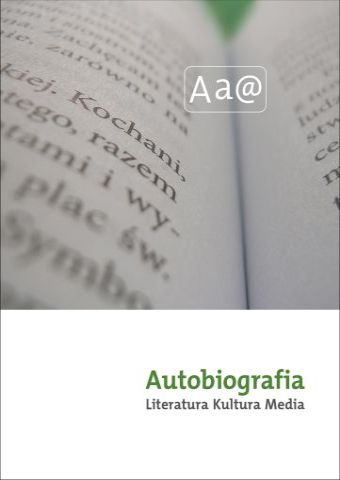






| Authors: |
RAPHAEL
UTZ
Imre Kertész Kolleg, Jena |
| Keywords: | Sobibór Dov Freiberg Semyon Rozenfeld Dawid Serczuk Józef Serczuk sexuality and the Holocaust Jews in hiding |
| Data publikacji całości: | 2020 |
| Page range: | 18 (75-92) |
| 1. | Aleksiun, Natalia. “Uneasy Bonds: On Jews in Hiding and the Making of Surrogate Families.” In: Jewish and Romani Families in the Holocaust and Its Aftermath, eds. Eliyana R. Adler, Kateřina Čapková, 85–99. Rutgers, NJ: Rutgers University Press, 2020. |
| 2. | Arad, Yitzhak. Belzec, Sobibor, Treblinka: The Operation Reinhard Death Camps. Bloomington– Indianapolis: Indiana University Press, 1987. |
| 3. | Bem, Marek. Sobibor Extermination Camp 1942–1943, transl. Tomasz Karpiński, Natalia Sarzyń¬ska-Wójtowicz. Amsterdam: Stichting Sobibor, 2015. |
| 4. | Blatt, Thomas Toivi. Sobibór – der vergessene Aufstand. Hamburg–Münster, UNRAST Verlag, 2004. |
| 5. | Browning, Christopher R. Remembering Survival: Inside a Nazi Slave-Labor Camp. New York: Nor¬ton, 2010. |
| 6. | Freiberg‚ Berek. “Sobibór.” In: Nach dem Untergang. Die ersten Zeugnisse der Shoah in Polen 1944– 1947. Berichte der Zentralen Jüdischen Historischen Kommission, eds. Frank Beer, Wolfgang Benz, Barbara Distel, 617–652. Dachau–Berlin: Verlag Dachauer Hefte–Metropol, 2014. |
| 7. | Freiberg, Dov. To Survive Sobibor. Jerusalem–New York: Gefen, 2007. |
| 8. | Hájková, Anna. “Sexual Barter in Times of Genocide: Negotiating the Sexual Economy of the The¬resienstadt Ghetto.” Signs 38 (2013), 3: 503–533. |
| 9. | Hájková, Anna. “Strukturen weiblichen Verhaltens in Theresienstadt.” In: Genozid und Geschlecht: Jüdische Frauen im nationalsozialistischen Lagersystem, ed. Gisela Bock, 202–219. Frankfurt a. M.: Campus, 2005. |
| 10. | Joseph Serchuk. Wikipedia. Access 13.08.2020. https://en.wikipedia.org/wiki/Joseph_Serchuk. |
| 11. | List of survivors of Sobibor. Wikipedia. Access 13.08.2020. https://en.wikipedia.org/wiki/ List_of_survivors_of_Sobibor. |
| 12. | Semjon Rosenfeld. Wikipedia. Access 30.08.2020. https://de.wikipedia.org/wiki/Semjon_Rosenfeld. |
| 13. | Waxman, Zoë. Women in the Holocaust: A Feminist History. Oxford: Oxford University Press, 2017. |